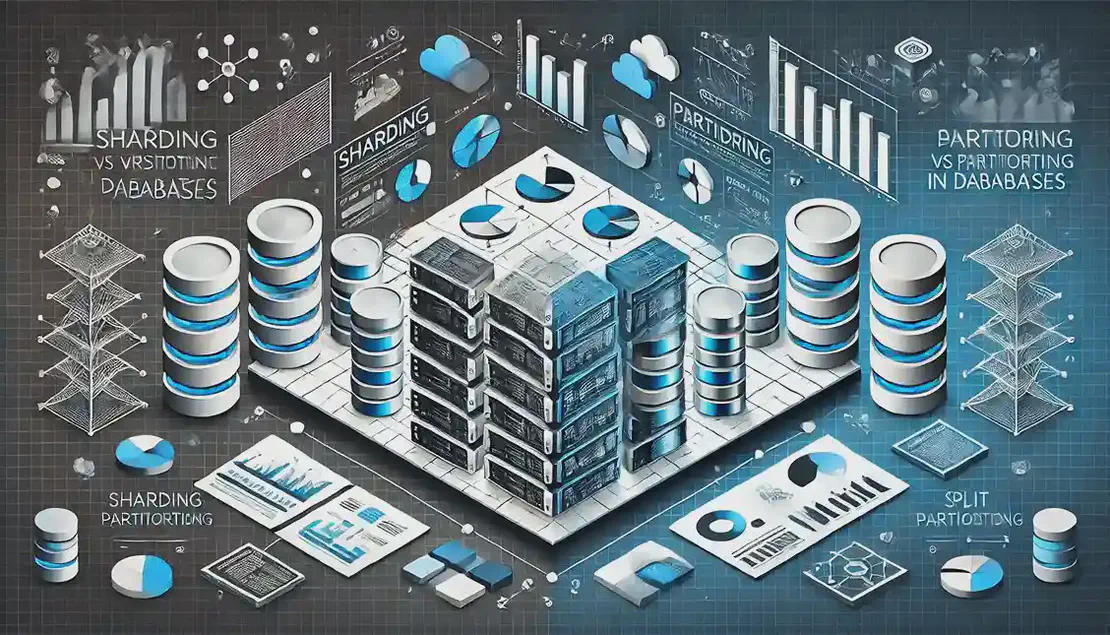
State of AI at the End of 2024
- Vipul Kumar
- Ai , Generative ai , Technology trends
- December 28, 2024
Table of Contents
📈 AI Adoption — In 2024, AI adoption has surged significantly, with 72% of organizations using AI, up from 50% in previous years. This increase is driven by the widespread use of generative AI across various business functions.
🤖 Generative AI — Generative AI has become a pivotal technology, with 65% of organizations regularly using it. This technology is particularly impactful in marketing, sales, and product development.
💡 Research and Development — AI research is focusing on planning and reasoning, with efforts to combine large language models with reinforcement learning and evolutionary algorithms to enhance capabilities.
🌐 Geopolitical Impact — US sanctions have had limited effects on Chinese AI labs, which continue to produce competitive models through various means, including stockpiling and cloud access.
💼 Economic Impact — The enterprise value of AI companies has reached $9 trillion, reflecting a bull market for AI exposure and increased investment in private AI companies.
Key Developments
🔍 Research Focus — AI research in 2024 prioritizes planning and reasoning, integrating large language models with reinforcement learning to enhance agentic applications.
📊 Industry Growth — The AI industry has seen significant growth, with the enterprise value of AI companies reaching $9 trillion, driven by a bull market and increased private investment.
🌍 Global Dynamics — Despite US sanctions, Chinese AI labs continue to thrive, leveraging stockpiles and cloud access to develop competitive models.
🧠 Multimodal Models — Foundation models are expanding beyond language, supporting research in fields like mathematics, biology, and neuroscience.
🔗 Convergence of Models — The performance gap between leading AI models is narrowing, with proprietary models losing their edge as open-source alternatives improve.
Challenges and Risks
⚠️ Inaccuracy — Inaccuracy remains a significant risk in generative AI, affecting various applications from customer interactions to content creation.
🔒 Data Privacy — Concerns about data privacy and intellectual property infringement are prevalent, necessitating robust data management strategies.
🔍 Explainability — The lack of explainability in AI models poses challenges in understanding and trusting AI outputs, especially in critical applications.
🛡️ Security Risks — Security concerns, including potential misuse and data breaches, require stringent measures to protect sensitive information.
👥 Workforce Impact — While AI adoption grows, concerns about workforce displacement and the need for new skill sets persist.
Future Predictions
🔮 AI Integration — Organizations are expected to integrate AI more deeply across business functions, with a focus on customization and proprietary solutions.
📈 Investment Trends — AI investments are projected to increase, with a focus on both generative and analytical AI solutions.
🌐 Global Competition — The geopolitical landscape will continue to influence AI development, with countries striving for technological leadership.
🧠 Advanced Capabilities — Future AI systems are anticipated to possess enhanced planning, reasoning, and multimodal capabilities.
💼 Business Transformation — AI is expected to drive significant changes in industries, reshaping business models and creating new opportunities.
Read On LinkedIn | WhatsApp | DEV TO | Medium
Follow me on: LinkedIn | WhatsApp | Medium | Dev.to | Github
The State of AI in 2024: 10 Key Trends Shaping the Future
linkedin.com
Welcome to State of AI Report 2024
stateof.ai
The State of AI Overviews in 2024 – Research Insights and ...
youtube.com
State of AI Report 2024
youtube.com
The State of AI Startups in 2024 [LS Live @ NeurIPS]
youtube.com
The state of AI in early 2024: Gen AI adoption ...
mckinsey.com
The State of AI 2024
dynatrace.com
Whitepaper | The State of AI 2024
searce.com
The State of AI 2024: Main Takeaways from McKinsey Report
switchsoftware.io
54 NEW Artificial Intelligence Statistics (Dec 2024)
explodingtopics.com
We just published the 'State of AI in IT' report for IT leaders ...
atomicwork.com
The state of AI in 2024
dynatrace.com


